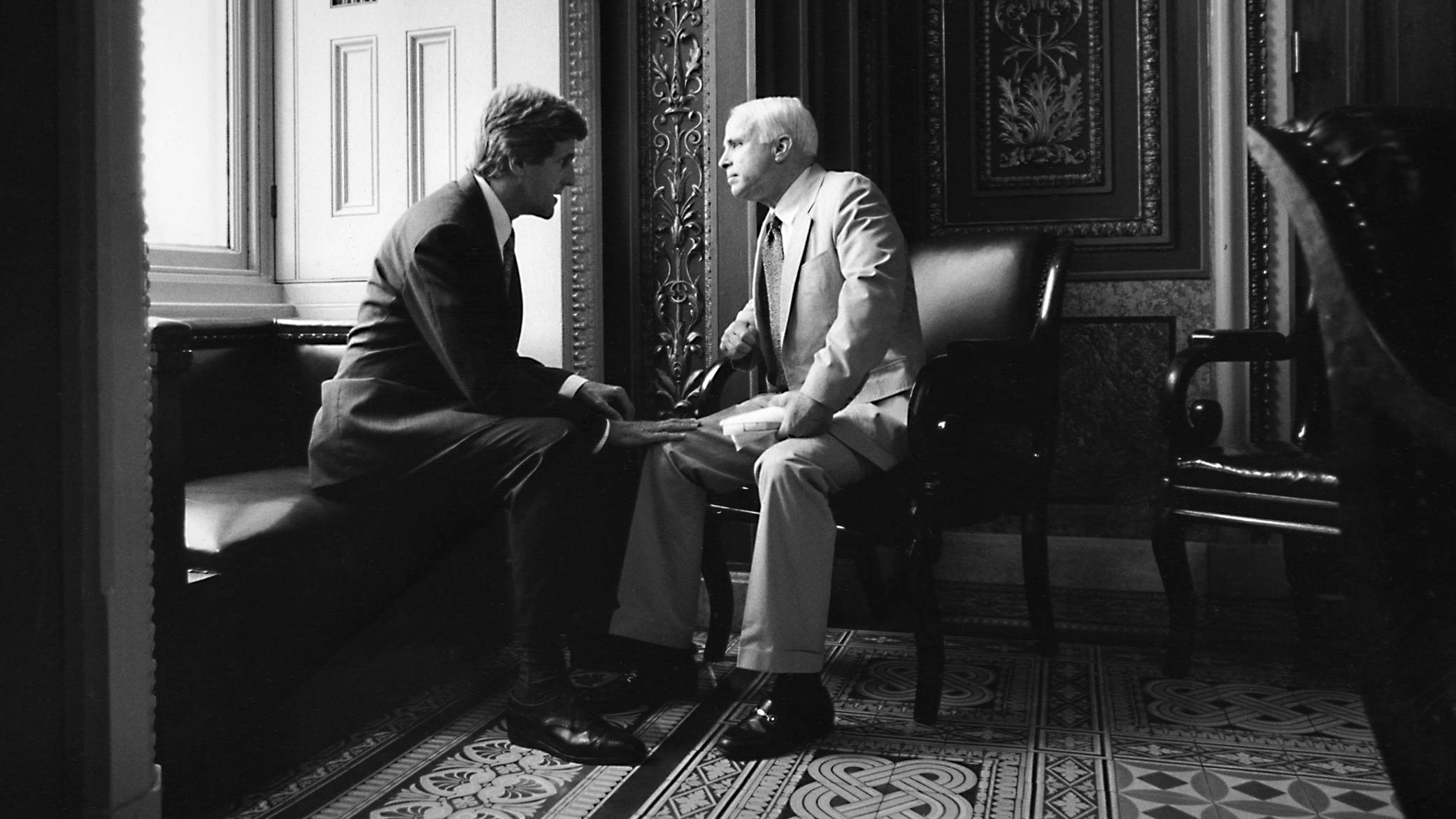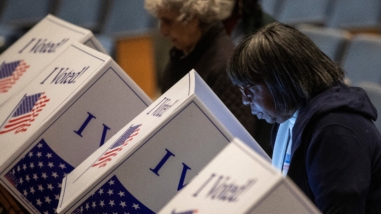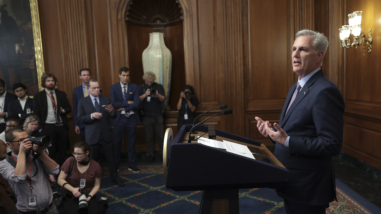Building bipartisan relationships in Congress

The evaluation also found that the programs did indeed bring together people who otherwise wouldn’t spend time with each other. Members and staff repeatedly said that the primary reason they attended was to meet people from the other party, and the program succeeded in helping them do this. They also reported that there were few other venues which foster relationships across the aisle. Program content mattered to them, but meeting their peers mattered more.
Who were the most likely participants in terms of political identity? For the House, they were slightly more likely to be conservative Democrats and moderate Republicans. One explanation could be that these Members are more likely to represent “swing” districts where party registration is more evenly divided, and they must appeal to voters across a wider ideological spectrum. For the Senate, where rates of participation were lower, there was no correlation with party.
Looking more deeply, the data confirmed that at most 20% of participants were frequent attenders, and even fewer were active with more than one grantee’s programs.
What drove the Members and staff who were engaged repeatedly and with multiple programs? The evaluation’s interviews revealed a strong belief among participants that the programs changed their attitudes as well as educated them about issues. But the most frequent attenders are people who already had a strong commitment to bipartisanship. For either personal reasons or pragmatic ones, they understand such relationships are key to getting things done in Congress.
Committed to a more effective Congress
A question the Hewlett Foundation has found difficult to answer is whether building and reinforcing bipartisan relationships increases an individual Member’s effectiveness or enhances collective action in Congress. Interviewees told stories of cosponsoring bills, signing Dear Colleague letters, having joint floor colloquies, even passing legislation with the other party, but a comprehensive analysis of impact was beyond the scope of the report. The Healthy Congress Index, which tracks progress toward higher levels of productivity, did not show meaningful change in Congress during the 115th Congress.
The evaluation also underscored the headwinds working against bipartisanship such as: political polarization; intraparty divisions; the paradox of increased centralization of power in Congress and the dispersion of that power through social media venues; less Member time in Washington, DC; Member turnover; the 24/7 media cycle; and challenging relationships between Congress and Presidents Obama and Trump. What’s remarkable is that the frequent participants were undeterred by these obstacles, remaining committed to the necessity of reaching out to others.
As the world, the country, and Congress emerge into a post-pandemic era, they will rely more than ever on the quality of human ties to solve problems they have never before encountered. This evaluation provides a glimpse into where and how that work may have already begun.



